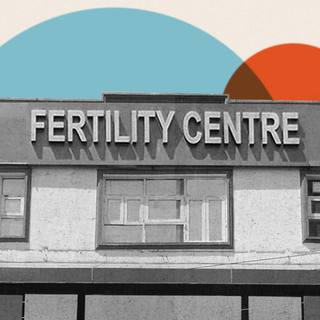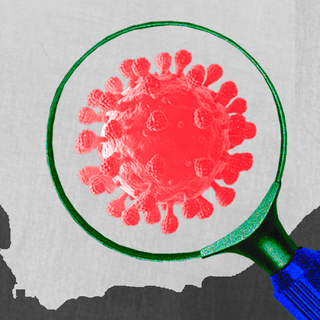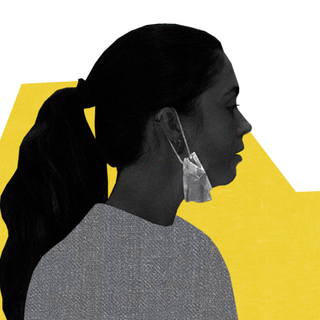The markers of premenstrual syndrome (PMS) are hard to quantify and elude description at once. Anxiety, depressed moods, irritability, difficulty sleeping, bloating — all come together in varied permutations. The key to placating menstruation-related physical and emotional pain may lie in our surroundings, according to a first-of-its-kind study.
Women who lived in close proximity to green spaces for a long time were found to experience less severe PMS symptoms as compared to those living in less green neighborhoods, new research has found.
The new study published in Environment International observed more than 1,000 women in cities in Norway and Sweden, aged between 18 to 49. The findings show the intersection of mental health and city planning; highlighting the growing benefits that come with natural environments. This expands the ambit of reproductive issues beyond healthcare; highlighting the need for better living environments.
Three out of four women experience PMS in their lives; among them, 20% to 40% of women go on to experience moderate to severe PMS. Researchers have noted that symptoms tend to recur “in a predictable pattern.” “For people who experience severe pain alongside their period, the physical toll can exacerbate the above-mentioned mood issues,” Rajvi Desai previously wrote in The Swaddle. But there remained limited exploration into the benefits of green spaces for pacifying menstrual pain.
For the current study, the researchers asked women to fill a questionnaire. They factored in people’s body mass index (linked to the severity of PMS), physical activity, air pollution levels, and area of green cover.
“Three of the four symptoms that improved with exposure to green space were psychological, which is consistent with what we already knew: contact with nature helps to reduce stress and improve mental health,” Kai Triebner, a researcher at the University of Bergen, and lead author of the study, said.
Related on The Swaddle:
How Can We Design Cities to Protect Mental Health?
The science of this is quite well established. Greenery and nature are linked to lower levels of “stress hormone,” cortisol, in the body. “Stress can worsen PMS symptoms and increase levels of the hormone cortisol, which, in turn, could be associated with an increased release of progesterone, which has been linked to the occurrence of PMS symptoms,” Triebner added. Moreover, more greenery and open spaces are also linked to an increase in people’s physical activity, which can further affect mood and stress levels.
The research underscores the “importance of long-term exposure to green space, which is where benefits against PMS symptoms were found,” Payam Dadvand, a researcher at ISGlobal, the Barcelona Institute for Global Health, and a coordinator of the study, said. He added that benefits are most evident based on the time duration.
In addition to impacting stress levels, cityscapes are also linked to greater air pollution. Previous literature has noted the insidious link between air pollution and worsening PMS. A study in June showed that long-term exposure to air pollutants can greatly increase the risk of developing dysmenorrhea, a condition in which people experience severe cramps and period pain.
Moreover, women were found to experience PMS symptoms in areas with higher concentrations of sulfur dioxide, nitric oxide, nitrogen oxides, nitrogen dioxide, and particulate matter in the air. This is because these pollutants disrupt the balance between progesterone and estrogen (involved in the menstrual cycle), which can trigger PMS symptoms.
The present study, however, didn’t look at premenstrual dysphoric disorder (PMDD), a severe form of PMS. “My PMS was so severe that it had begun to take over my life, wreck relationships, ruin jobs [and] studying, and caused me so much emotional pain that I often found myself considering suicide. I would become housebound, with no social life or friends and fearful of ever making an appointment because I could never guarantee how I would be feeling,” Cat, 34, wrote of navigating PMDD from the age of 13.
That menstrual cycles can cause debilitating pain then demands greater focus on myriad interventions. One of them is how our cities are designed — and the comfort they can offer to people who menstruate.




